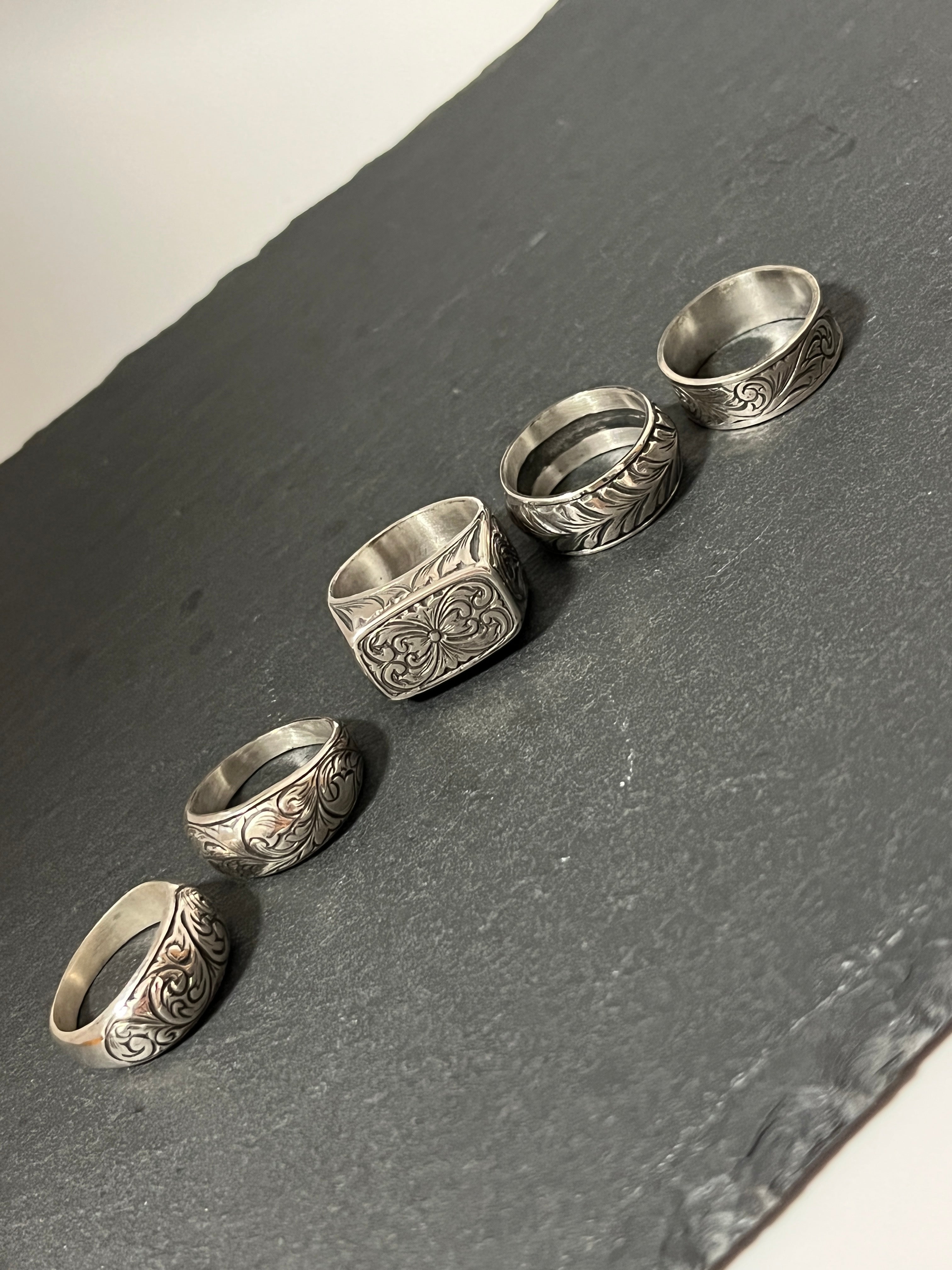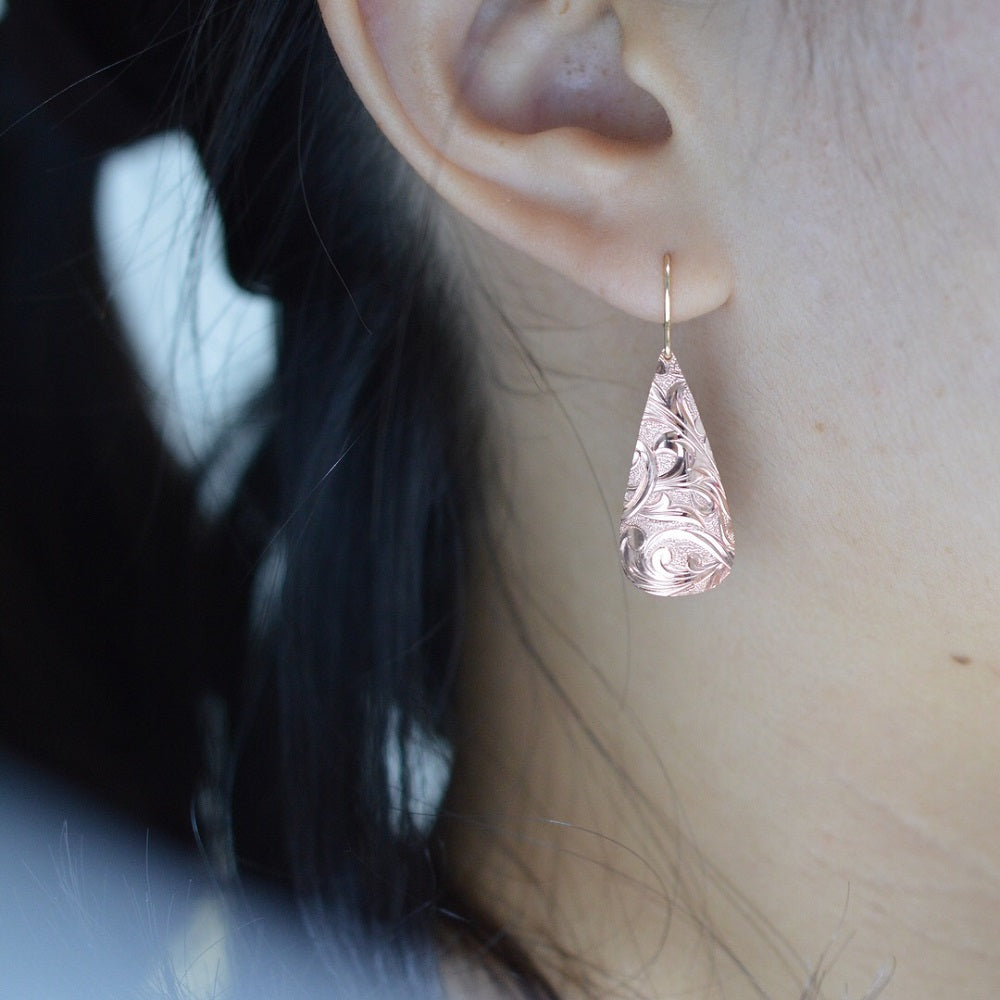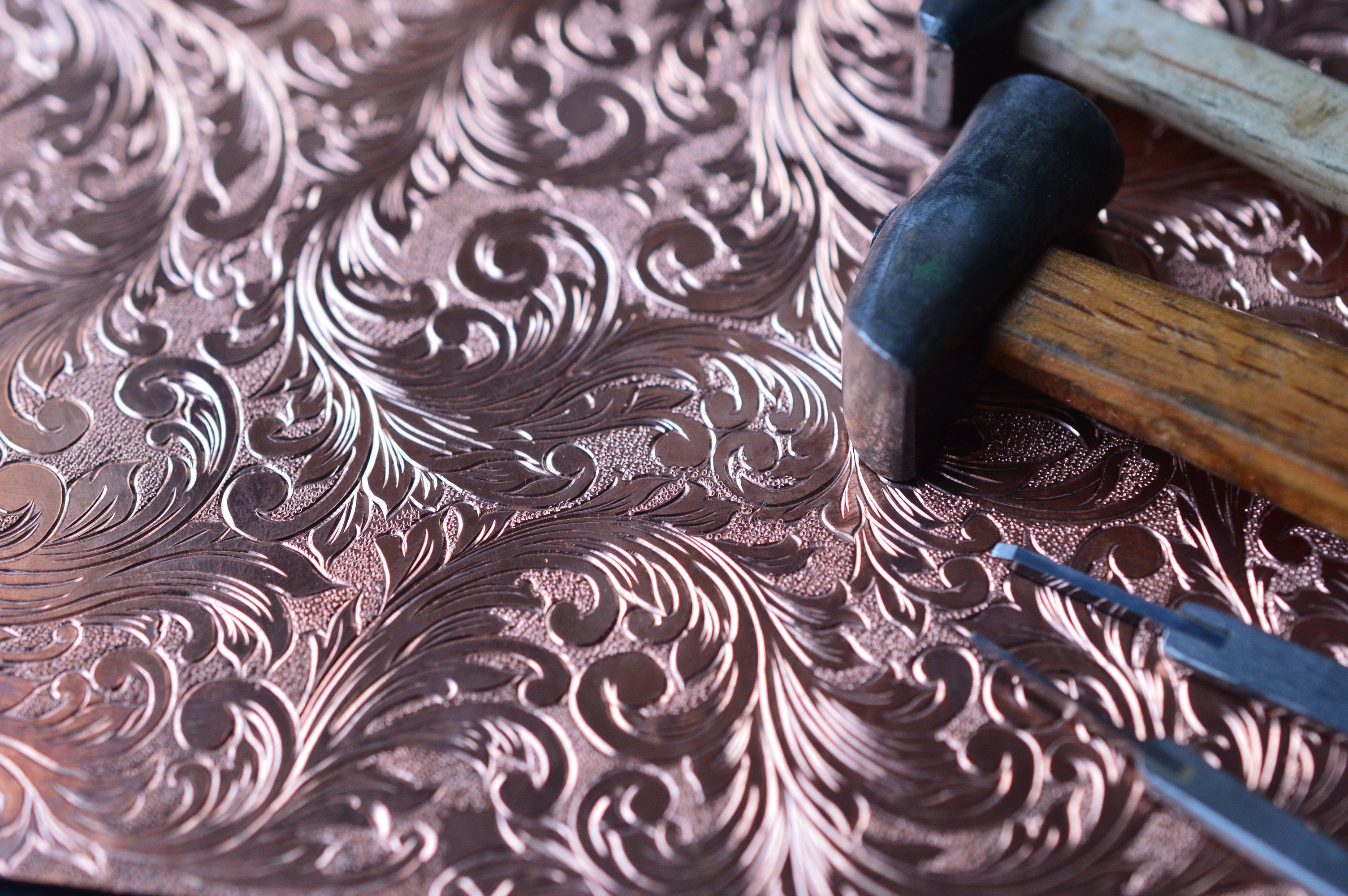
Curved patterns loved since ancient times
The primitive beauty of curved patterns that has developed along with human activities.
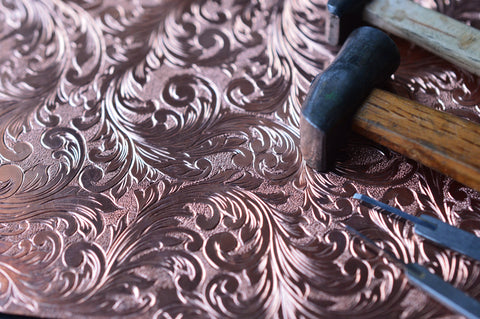
Throughout human history, curved patterns have been used to decorate all aspects of clothing, food, shelter, and shelter since ancient times.In modern times, after a long history, there are some people who feel that the curves themselves have a fundamental beauty, although tastes may differ. Sho.
By combining straight lines and curves, all kinds of decorations and paintings are created, and new forms of expression are born.
At IMULTA, we create jewelry based on the concept of expressing the beauty of the curve itself created by metal engraving and engraving, and the patterns created from it.
This time, I would like to talk about the curved pattern, which has been loved since the beginning of humankind, and how curved lines are fundamentally connected to humanity.
Curved patterns born in primitive times
What do you imagine when you think of curved patterns that were born in primitive times?
If you are Japanese, you may be reminded of the richly decorated Jomon pottery.
In addition to Japan, earthenware with curved lines exists all over the world, such as the painted pottery of the Bakayobunka culture in China's Gansu Province and the painted pottery of the Cucuteni culture in Romania.
It is possible to think that each culture was introduced from somewhere, but wouldn't it be natural to think that the local people thought about and decorated them?
Although the reason may be that it was used for some kind of ritual, there is no doubt that the fact that complex curved patterns were used all over the world is the origin that continues to the present day.
In addition, the Maori, an ethnic group that has lived in the Pacific Ocean since ancient times, decorate their bodies with swirl-pattern tattoos.
It can be said that curved patterns are so deeply rooted in consciousness that they fascinate people and give them various meanings.
Curved patterns derived from natural objects and religious views
In addition to the acanthus patterns that are the main carvings in IMULTA, there are many imaginable curved patterns such as tribal, ivy paisley, Japanese arabesque patterns, and Chinese cloud patterns (zuiun, reishi cloud). , many of which originate from plants and natural products.
Perhaps because of this, you can see decorations using curved lines in various local cultural customs, including religious buildings.
The best examples are the decorative windows of Gothic architecture, such as Notre Dame Cathedral and Cologne Cathedral.
Simple curves and overly decorated curves
As the curved patterns expressed by simple lines evolved, the Baroque and Rococo styles produced buildings and furniture that were heavily decorated, and were said to be overly decorated due to their dazzling decorations.
However, IMULTA representative Uetani became obsessed with the beauty of curved patterns because of Rococo decorations, which are also the basis of the brand's concept.
At IMULTA, each piece of jewelry is engraved with a balanced curved pattern, so you can buy with confidence.
We also place importance on the sense of dynamism in which the left and right sides are not directly symmetrical, and the vitality created by the curved patterns.
